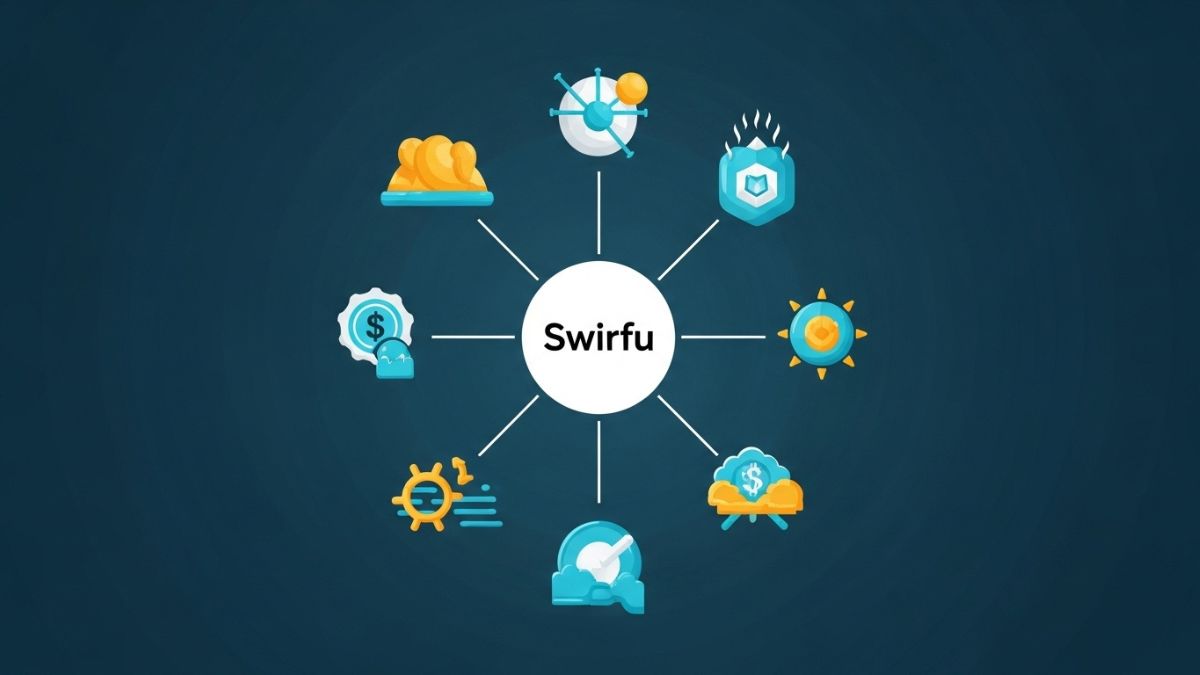The WhatsMyName app has become an innovative digital tool designed to assist individuals in uncovering information linked to usernames across a vast network of websites. Its primary purpose lies in aiding investigations and social media reconnaissance by identifying whether a specific username exists on various platforms. This application is especially beneficial for OSINT (Open Source Intelligence) experts, cybersecurity professionals, and even curious users who want to explore digital footprints.
The Origin and Purpose of WhatsMyName
WhatsMyName was created by a cybersecurity researcher known as Micah Hoffman, aiming to bridge the gap between digital identity investigation and easy-to-use tools. The platform compiles a database of popular websites where usernames are commonly used, enabling users to track the presence of a username and understand an individual’s online presence without breaching privacy laws or accessing private data.
How WhatsMyName Works
The app works by scanning multiple websites and cross-referencing them with the inputted username. Once a search is initiated, the tool checks whether that username is registered or active on any of the websites in its constantly updated database. The process is fast, user-friendly, and non-intrusive. It functions without the need for API keys or complex configurations, making it accessible for beginners and professionals alike.
Key Features of WhatsMyName
The app is simple but powerful. Some of its standout features include the ability to perform multi-site queries, rapid results without requiring user credentials, a broad website directory, and support for both command-line usage and graphical interfaces. It also includes filtering options to refine search results, and the tool is completely open-source, which ensures transparency and community-driven updates.
User Interface and Accessibility
WhatsMyName is available in both a web-based interface and as a script that can be run from the command line. The graphical interface is clean and intuitive, making it easy for anyone to conduct username searches. Even those unfamiliar with digital forensics can navigate the system comfortably. On the other hand, tech-savvy users benefit from the CLI version, offering more customization and faster batch processing.
Real-World Use Cases
The app is widely used by law enforcement agencies, private investigators, journalists, and digital rights activists. For example, a journalist investigating fake accounts or hate speech online can use the app to determine if a specific username is used across platforms like Reddit, TikTok, GitHub, or Twitter. Similarly, security analysts might trace suspicious activity by tracking usernames related to potential threats.
Importance in OSINT Investigations
In the realm of OSINT, tools like WhatsMyName are invaluable. They allow researchers to legally and ethically gather publicly available information. Unlike social engineering or intrusive methods, WhatsMyName respects user privacy while helping professionals connect the dots between usernames and online identities. This method can often lead to discovering personal blogs, social media handles, or even digital portfolios.
Safety and Ethical Considerations
Despite the powerful insights it provides, WhatsMyName operates entirely within the boundaries of public access. It doesn’t hack into accounts or require login credentials. This ensures it remains compliant with digital ethics and privacy laws. Users are reminded to employ it responsibly and avoid using it for stalking, harassment, or any form of malicious surveillance.
Advantages Over Similar Tools
Compared to tools like Sherlock or Namechk, WhatsMyName stands out due to its accuracy, ease of use, and database reliability. It also doesn’t rely on outdated APIs or limited site lists. The open-source community keeps it updated with new platforms, enhancing its accuracy and scope over time. Furthermore, its filtering and results presentation offer clarity that many competitors lack.
Customization and Scripting Options
For advanced users, WhatsMyName allows scripting in Python. This opens the door for automation, bulk username scanning, and even integration into larger investigative workflows. With proper scripting, professionals can embed it into their digital forensics tools or link it with threat intelligence platforms.
Integration With Other OSINT Tools
WhatsMyName pairs well with other OSINT tools such as Maltego, SpiderFoot, and Recon-ng. By combining username searches with IP data, domain tracking, and email footprints, researchers can form a more complete picture of an individual’s digital life. These integrations make it an essential component in a comprehensive digital investigation toolkit.
Regular Updates and Community Support
Being open-source, the WhatsMyName database receives regular updates from contributors around the globe. New platforms are added frequently, ensuring searches remain relevant. The community actively discusses bugs, suggests enhancements, and offers support via GitHub and Discord, making it a living project rather than a static tool.
Limitations of the App
Despite its strengths, WhatsMyName isn’t flawless. It cannot access private or hidden profiles and might not reflect usernames on sites not yet included in its database. Occasionally, false positives or negatives may appear due to username overlaps or inactive accounts. However, these issues are minimal compared to the benefits it provides.
WhatsMyName for Personal Use
While ideal for professionals, average users can also benefit from WhatsMyName. Whether you’re verifying if someone is impersonating you online or simply checking the availability of a desired username across platforms, the app provides quick and valuable feedback. It’s a good starting point for digital self-awareness.
Why Username Research Matters
Usernames can reveal patterns, habits, and digital fingerprints. People often reuse usernames across websites, making it possible to link disparate accounts to the same individual. This can be useful for brand monitoring, fraud detection, and even online dating safety. WhatsMyName makes this kind of analysis accessible to everyone.
Tips for Maximizing WhatsMyName’s Potential
To get the most out of WhatsMyName, users should pair it with manual verification. Always check the results by visiting the linked profiles directly. Use variations of usernames (with dots, dashes, numbers) to expand the search net. Saving the output data for cross-analysis with other research tools can also improve investigative depth.
Final Thoughts
WhatsMyName has proven itself to be a vital and ethical tool in the digital age, enabling anyone to explore usernames across the internet. Whether you’re a cybersecurity expert or just someone interested in protecting your online identity, this app offers a free, powerful, and user-friendly solution to map usernames across platforms.
Conclusion
The WhatsMyName app is more than just a username checker—it’s a digital investigation powerhouse. From journalists to cybersecurity teams, its impact continues to grow. It balances accessibility with effectiveness, ethics with capability. As the internet becomes more interconnected, tools like WhatsMyName are essential in understanding and managing our digital identities. Use it wisely, and it can empower you to navigate the digital world more securely and intelligently.
FAQs
Is WhatsMyName app free to use?
Yes, WhatsMyName is completely free and open-source. You can access it via web or GitHub.
Can WhatsMyName access private accounts?
No, it only checks for publicly visible usernames. It does not breach privacy or logins.
How often is the platform updated?
The community updates it regularly on GitHub, with new platforms added frequently.
Do I need programming knowledge to use WhatsMyName?
Not necessarily. While advanced features require Python, basic username checks can be done via the web interface.
Is it legal to use WhatsMyName?
Yes, it uses only publicly available information and complies with legal and ethical standards.











